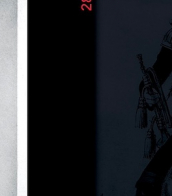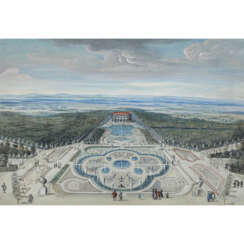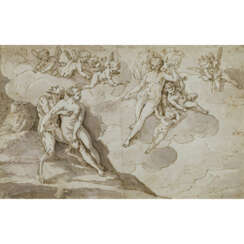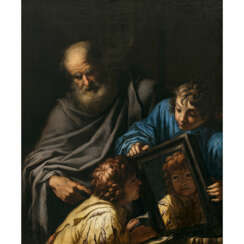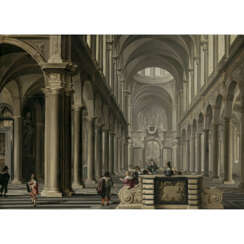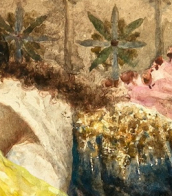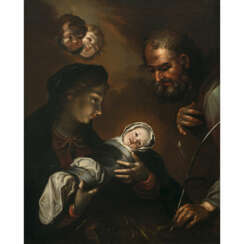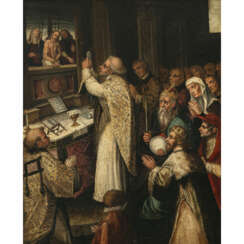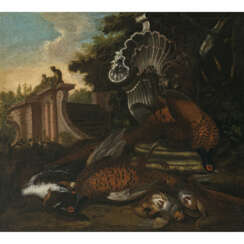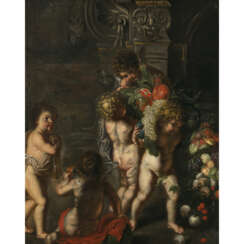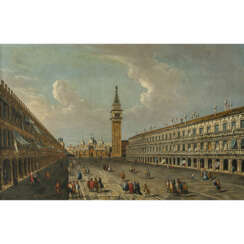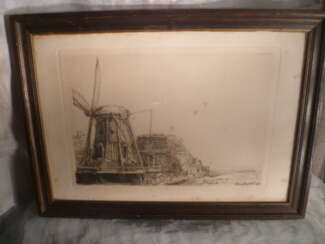gemälde 15.-18. jahrhundert
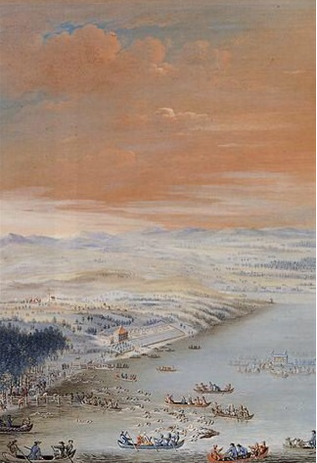
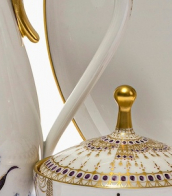


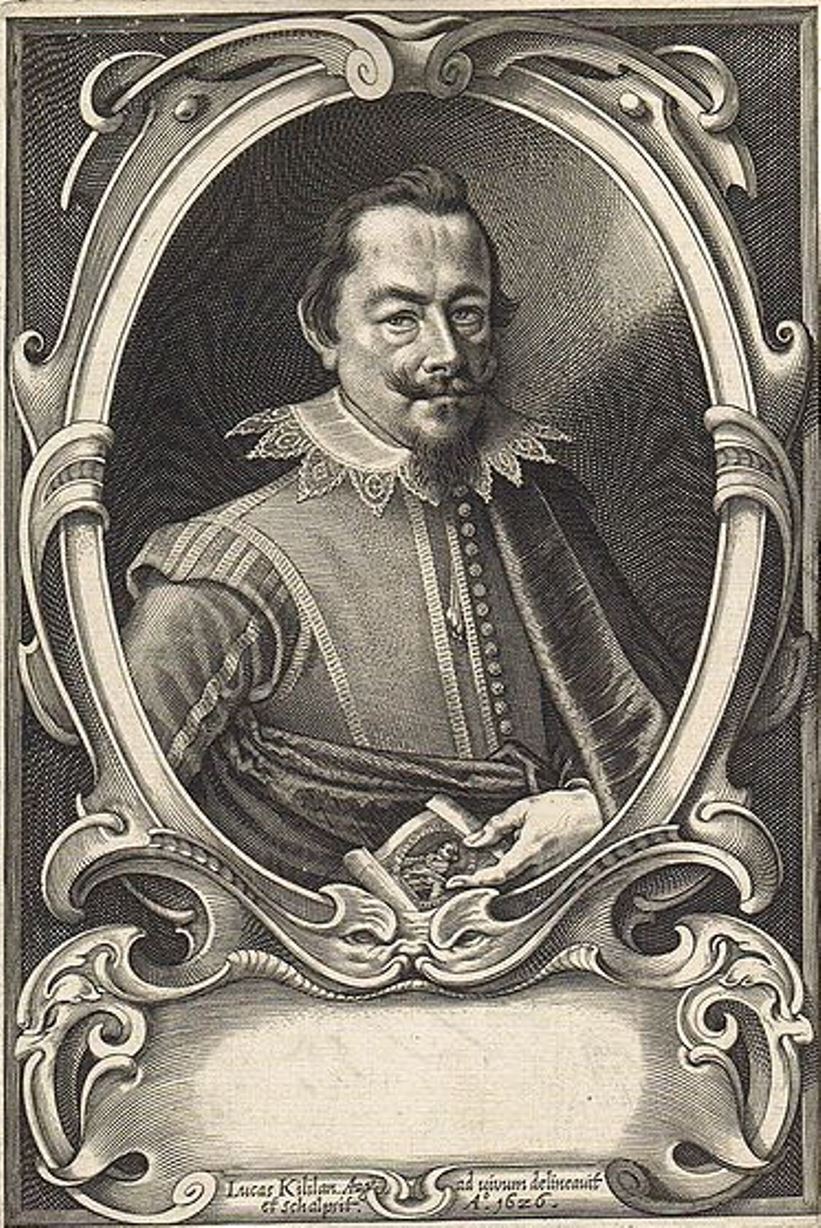
Hans Rottenhammer or Johannes Rottenhammer was a German painter and master of cabinet genre paintings.
After completing his studies as court painter to the Munich royal court, Rottenhammer spent nearly a decade in Venice, and his art bears the influence of Venetian masters such as Tintoretto and Veronese. Rottenhammer opened a studio in the city and attracted patrons and collectors as well as students and followers. In the early 1600s he joined the guild of Venetian artists. It was in Venice that Rottenhammer became famous for his cabinet paintings. These were small works, executed on copper and usually dealing with religious or mythological themes popular at the time.


Hans Rottenhammer or Johannes Rottenhammer was a German painter and master of cabinet genre paintings.
After completing his studies as court painter to the Munich royal court, Rottenhammer spent nearly a decade in Venice, and his art bears the influence of Venetian masters such as Tintoretto and Veronese. Rottenhammer opened a studio in the city and attracted patrons and collectors as well as students and followers. In the early 1600s he joined the guild of Venetian artists. It was in Venice that Rottenhammer became famous for his cabinet paintings. These were small works, executed on copper and usually dealing with religious or mythological themes popular at the time.

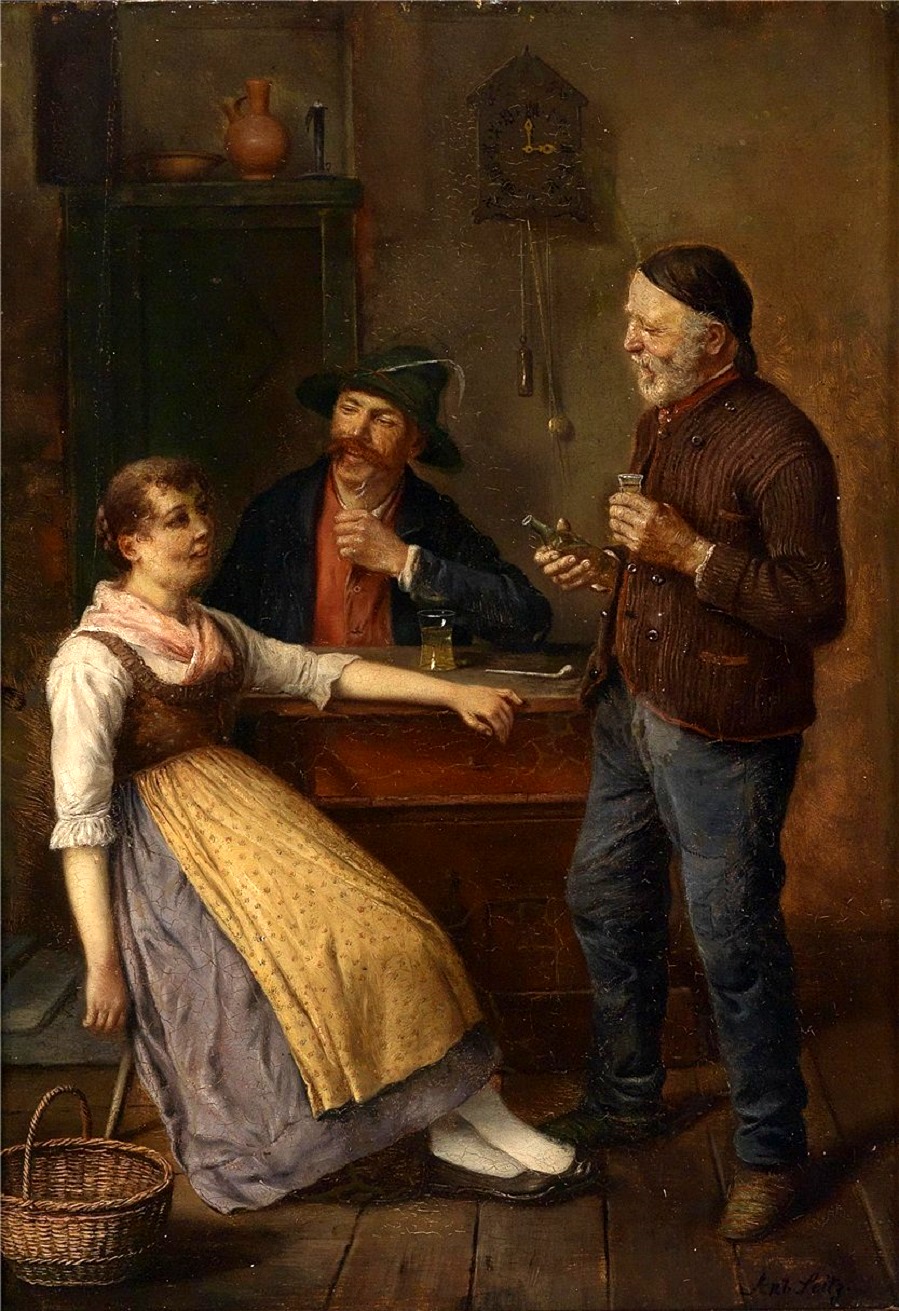
Anton Seitz was a German painter of the second half of the 19th century. He is known as a painter-genre painter, a representative of the Munich School of painting.
Seitz trained at the Nuremberg Art School in engraving, but after moving to Munich, he concentrated on domestic painting. His paintings depicted either individual characteristic figures or scenes with several actors. His subjects the artist mainly found in the everyday life of "little people".
In 1876 Seitz became a member of the Munich Academy of Fine Arts, already considered a leading master of Munich painting.

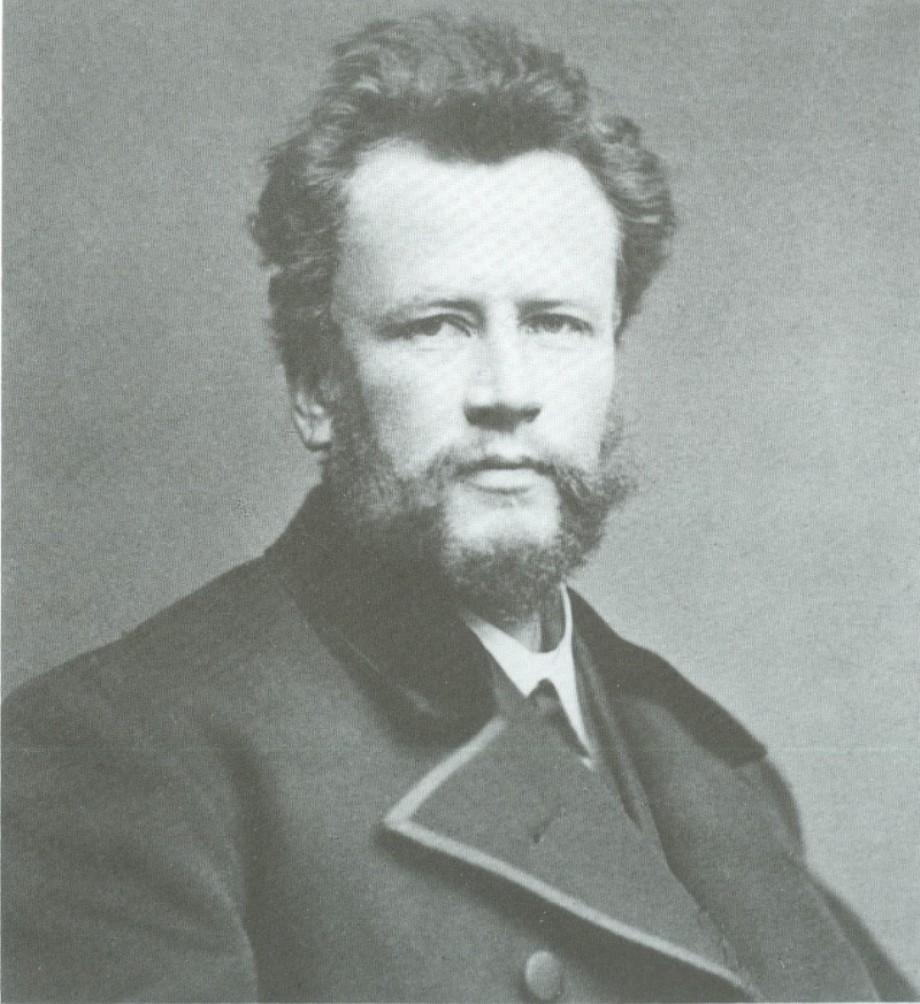
Hugo Wilhelm Kauffmann was a German painter of the second half of the 19th and early 20th centuries. He is known as a household painter, a representative of the Munich school of painting.
Kauffmann painted genre works, the action of which often took place in taverns. He executed his paintings on wood in small sizes. The artist's keen observation and healthy sense of humor, combined with his characteristic drawing and coloring, gave his works freshness and vividness. He drew his subjects from the life of the lower strata of society, creating a sense of reality in his paintings.


Rembrandt Harmenszoon van Rijn, a Dutch Baroque painter and printmaker, was born on July 15, 1606, in Leiden, Netherlands, and died on October 4, 1669, in Amsterdam. He is celebrated as one of the greatest storytellers in art history, acclaimed for his adept portrayal of human emotions and dramatic narratives. Rembrandt's extensive oeuvre includes portraits, self-portraits, landscapes, genre scenes, allegorical, historical, and biblical themes, as well as animal studies. His artistry shined during the Dutch Golden Age, a period marked by cultural and scientific achievements in the Netherlands.
Rembrandt's education in art began around the age of 10 when he left the Latin School in Leiden to train as an artist. He apprenticed with artists like Jacob van Swanenburg and Pieter Lastman, mastering various aspects of painting. He opened his own studio in Leiden around 1624 or 1625, sharing it with his colleague Jan Lievens. By 1631, he had moved to Amsterdam, where he achieved significant success and trained many important Dutch painters.
Among Rembrandt's notable works are "The Anatomy Lesson of Dr. Nicolaes Tulp" (1632), "The Night Watch" (1642), and "The Syndics of the Amsterdam Drapers’ Guild" (1662). He was also renowned for his self-portraits, creating around 80 over his lifetime, more than any other artist until the 20th century. These self-portraits were not just artistic endeavors but also experiments with facial expressions and lighting effects. Additionally, Rembrandt was a master etcher, transforming etching from a reproductive technique into an art form.
Rembrandt's painting style is characterized by its dramatic use of light and shadow, known as chiaroscuro. His ability to depict materials realistically was unparalleled; his portrayal of metals and fabrics was so lifelike that they appeared to glow and be tangible. He was also known for his impasto technique, applying paint thickly to the canvas, adding a three-dimensional quality to his works.
Despite his artistic prowess, Rembrandt faced financial difficulties and personal tragedies throughout his life. He declared bankruptcy in 1656, a downfall attributed partly to his extensive collection of art objects and curiosities. His masterpieces, however, continued to garner appreciation and influence generations of artists that followed.
For collectors and experts in art and antiques, Rembrandt's works represent a pinnacle of artistic achievement in the Dutch Golden Age. His mastery in portraying the human condition and his innovative techniques in painting and etching make his works highly prized and influential in the art world.
To stay updated on new product sales and auction events related to Rembrandt van Rijn, sign up for our updates. This subscription service is dedicated exclusively to news and events concerning works related to this unparalleled master of the Dutch Golden Age.





